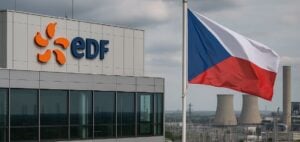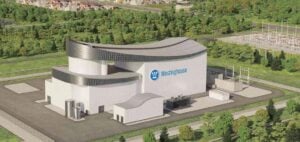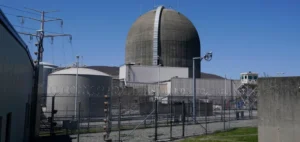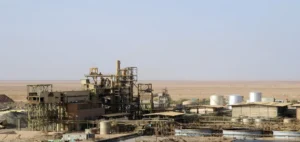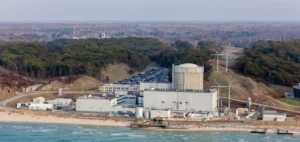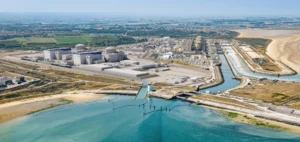Ad Astra Rocket Company (Ad Astra) and The Space Nuclear Power Corporation (SpaceNukes) have announced a strategic partnership to revolutionize space exploration through Nuclear Electric Propulsion (NEP). This initiative aims to reduce travel times to Mars while increasing the efficiency of human and robotic space missions.
This partnership builds on two advanced technologies: Ad Astra’s Variable Specific Impulse Magnetoplasma Rocket (VASIMR®) and SpaceNukes’ Kilopower space reactor. These well-developed innovations pave the way for groundbreaking propulsion and energy production systems.
Complementary Technologies
The VASIMR® engine, an Ad Astra innovation, stands out with its ability to operate at high power levels of up to several megawatts. Its unique electromagnetic architecture and electrode-less design increase its durability and enable flexibility in using various types of propellants, making its operation more cost-effective.
On the other hand, SpaceNukes’ Kilopower reactor, developed under NASA and the National Nuclear Security Administration’s (NNSA) “KRUSTY” program, provides high-temperature thermal management solutions and optimal safety for launches. Together, these technologies share fundamental synergies, such as efficient heat dissipation and direct integration between the reactor and propulsion system.
A Clear Ambition
The memorandum of understanding signed by the two companies aims for a first demonstration flight of this technology by 2030. In the long term, this partnership seeks to commercialize multi-megawatt nuclear electric propulsion systems during the 2030s. These systems promise to reduce travel times to Mars by several months, marking a revolution in space exploration.
Dr. David Poston, SpaceNukes’ Chief Technology Officer, describes this initiative as a major breakthrough: “We are starting with a 100 kW system that will serve as a stepping stone to achieve multi-megawatt capabilities, drastically reducing the timelines of space missions.”
Dr. Franklin Chang Díaz, CEO of Ad Astra, highlighted the historical perspective: “Just as nuclear power enabled the USS Nautilus to traverse under the polar ice cap in 1958, nuclear electric propulsion will open the entire solar system to human exploration.”
Future Impact
This collaboration could not only shorten travel times to Mars but also establish new standards for space propulsion systems. By combining their expertise, Ad Astra and SpaceNukes lead the way toward fast, reliable, and sustainable space exploration.







